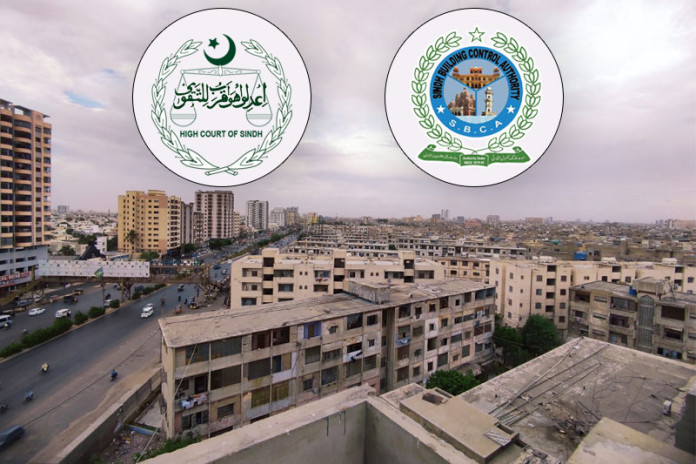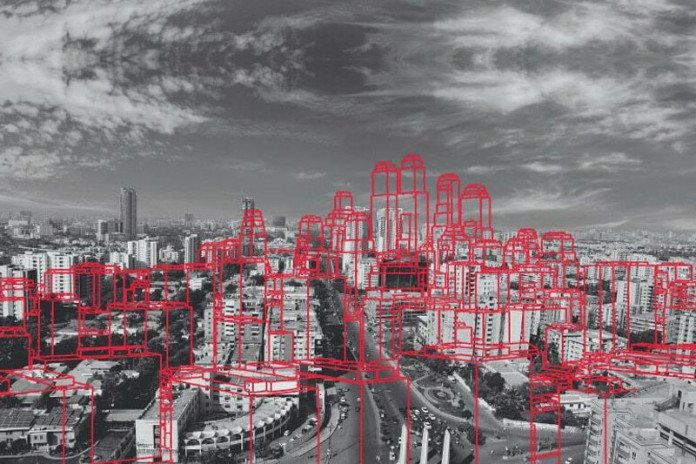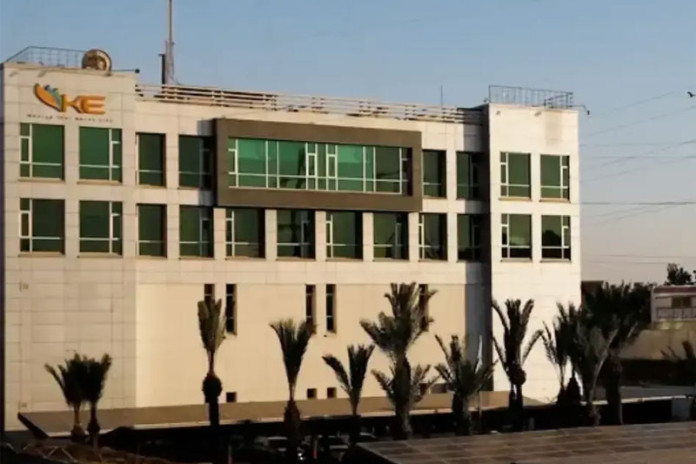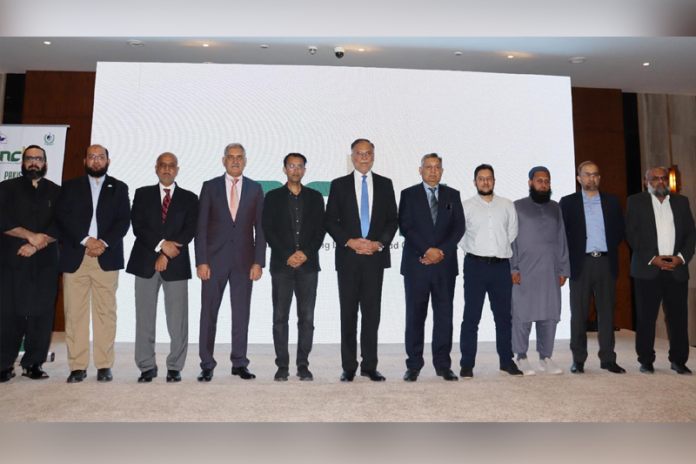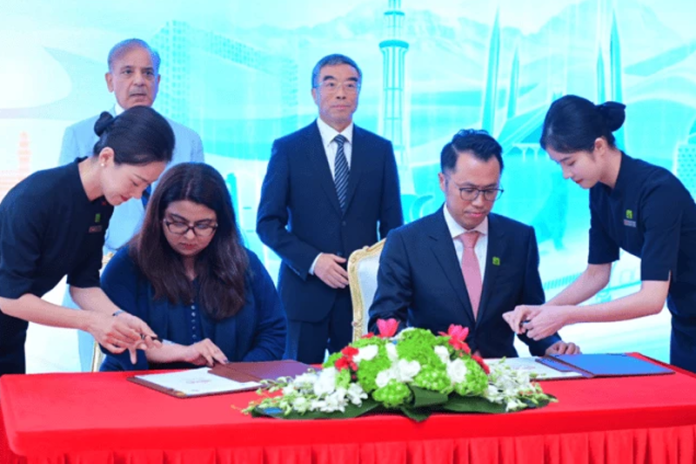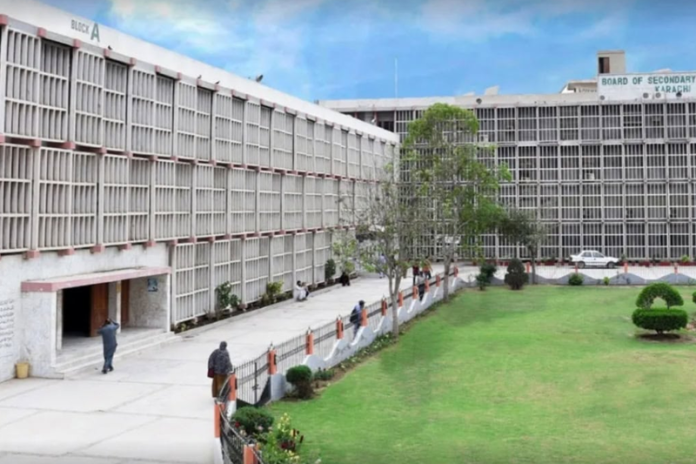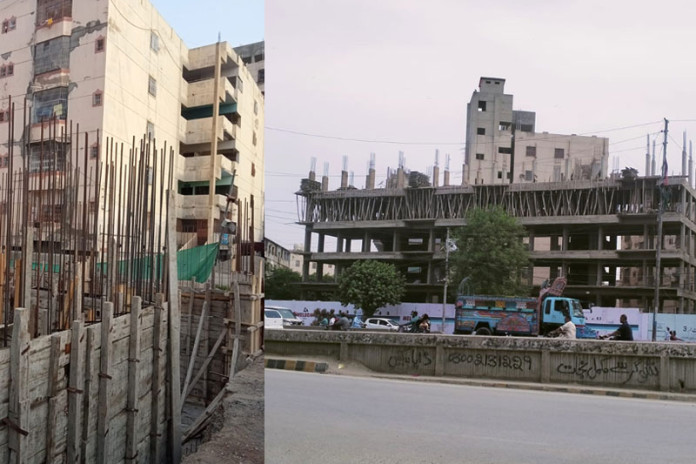ADB projects Pakistan's GDP growth at 2.5%, inflation at 6%
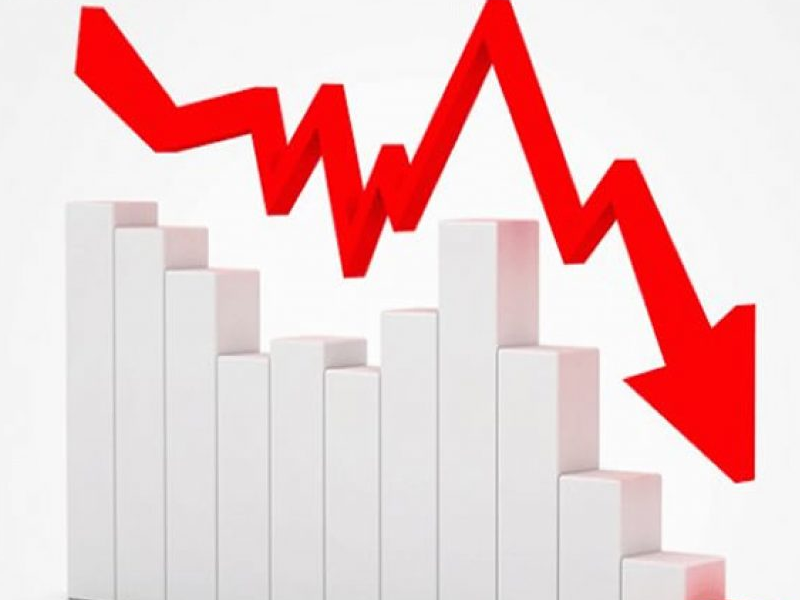
- 1539
- 0
ISLAMABAD: The Asian Development Bank (ADB) has projected Pakistan's GDP growth to remain steady at 2.5% in the fiscal year 2025 (FY2025), with a slight increase to 3% in FY2026.
The growth is supported by the implementation of a reform program that is expected to strengthen private investment and economic stability. The ADB's latest report, the 'Asian Development Outlook (ADO) April 2025,' highlights signs of recovery and stability within Pakistan's economy, thanks to the effects of tight macroeconomic policies and progress in reforms. According to the ADB, Pakistan's real GDP is expected to grow by 2.5% in FY2025, matching the growth rate from FY2024.
The positive outlook for FY2026 includes an anticipated increase in growth to 3%, supported by improved macroeconomic conditions and continued reform efforts. The report attributes Pakistan's economic stability to the International Monetary Fund's (IMF) Extended Fund Facility (EFF) arrangement that began in October 2024. Adherence to the IMF's economic adjustment program is seen as critical for building resilience, fostering sustainable growth, and ensuring inclusive development. ADB Country Director for Pakistan, Emma Fan, highlighted that Pakistan's economy has benefitted from robust reform implementation, particularly in areas like tax policy. and energy sector viability.
The growth in FY2025 is expected to be driven by a rebound in private-sector investment, spurred by progress on reforms, greater economic stability, and a stable foreign exchange market. This environment will help address structural barriers to growth and support both industrial and service sector activity, aided by recent monetary easing. The ADB also forecasts a decline in average inflation, projecting it will fall to 6% in FY2025 and further to 5.8% in FY2026. This is attributed to continued moderation in food inflation, stable global oil and commodity prices, and moderate domestic demand conditions, along with a favorable base effect. The ADB's report also noted that strong remittance inflows and monetary easing will likely support aggregate demand in Pakistan, aiding the country's overall economic recovery and growth.
The implementation of the reform program is expected to foster a more stable macroeconomic environment, encouraging further private-sector investment and paving the way for long-term growth. Overall, the ADB's outlook presents a cautiously optimistic view of Pakistan's economic future, with stability and growth on the horizon, provided that the reform agenda continues to be effectively implemented.



